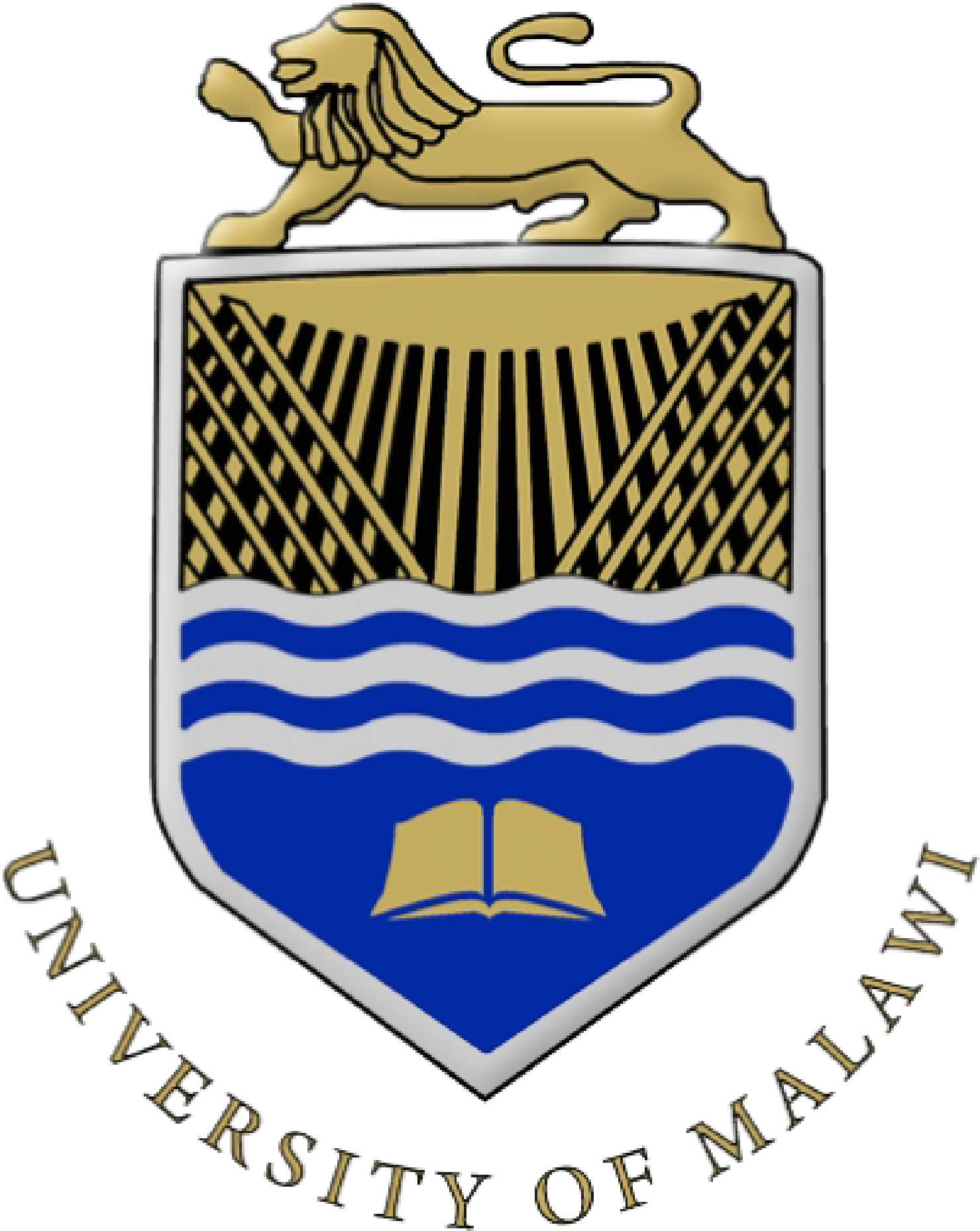GEOGRAPHIC INFORMATION SYSTEM AND REMOTE SENSING GISRS
School of Natural and Applied Sciences
Department of Geography, Earth Sciences, and Environment
SHORT COURSE
GEOGRAPHIC INFORMATION SYSTEM AND REMOTE SENSING (GIS&RS)
Preamble
Established in 1965, the Department of Geography, Earth Sciences and Environment in the School of Natural and Applied Sciences at the University of Malawi is the oldest and pioneer institution in the provision of geosciences education in Malawi. The department offers undergraduate, masters and doctoral programmes in a wide range of fields of geographical and earth sciences inquiry including mapping sciences (e.g. cartography, map analysis, surveying, GIS, remote sensing and drone technology); physical geography (e.g. hydrology, pedology, geomorphology, biogeography, meteorology and weather forecasting, climatology and climate change science, environmental hazards and disaster risk management); human geography (e.g. economic and geographies of development, rural development, urban and regional planning, environmental studies, health geography, and tourism geography); and geology (i.e. petrology, stratigraphy and palaeontology, earth’s resources, geological mapping and field techniques, geophysics, geochemistry, economic geology, igneous, sedimentary and metamorphic geology; applied geology, ore deposit geology, and hydrogeology).
Consistent with MW2063 vision of self-reliance and inclusive wealth creation and indeed cognizant of the critical role of the university in imparting knowledge and skills relevant to the country’s aspirations, the department has embarked on a transformative programme to offer short courses to equip Malawians with knowledge and skills that will enhance their inclusive participation in the country’s socio-economic transformation.
The Department of Geography, Earth Sciences and Environment, with support from the USAID-funded Strengthening Higher Education Access in Malawi Activity (SHEAMA) led by Arizona State University (USA), invites applications for admission into the short course in Advanced Geographic Information System and Remote Sensing.
Course Description
The course introduces participants to the world of Geographic Information Systems (GIS) and Remote Sensing. The course comprises four components namely: the basic principles of cartography, map reading and interpretation; the fundamentals of GIS, application and capabilities of GIS, geospatial data, digital representation of geographic features, sources of data for GIS application, familiarization of a GIS mobile app; principles of Remote Sensing, applications, satellite data sources and acquisition, processing procedures, interpretation; and finally, introduction to drone technology (UAV).
Eligibility
Applicants should have at least an MSCE or O-Level certificate or IGSCE or GCE or its equivalent with passes in Geography and Mathematics. Applicants with a Bachelor’s degree in any relevant field are strongly encouraged to apply.
Target Audience
The short course targets professionals working in research institutes, governmental agencies, public authorities, or private consultancies, including those in the fields of natural resource management, physical planning, health, security or civil aviation. Secondary school Geography teachers from across Malawi are also encouraged to apply.
Fees and Mode of Delivery
The course follows a blended mode of delivery comprising face-to-face and Open Distance and E-Learning (ODeL) over a duration of two weeks (from 3rd to 14th October 2022). Participants shall be required to pay course fees amounting to K250, 000.00
Application Procedure
Applicants should fill in an application form which can be downloaded from the University of Malawi website under ODEL programmes, www.unima.ac.mw or can be requested through email from geo@unima.ac.mw. The filled forms together with copies of original certificates should be sent to the following address by Friday, 23rd September 2022:
University Registrar
Attention: Head of Department,
Geography, Earth Sciences, and Environment,
School of Natural and Applied Sciences,
University of Malawi,
P.O. Box 280,
Zomba.




